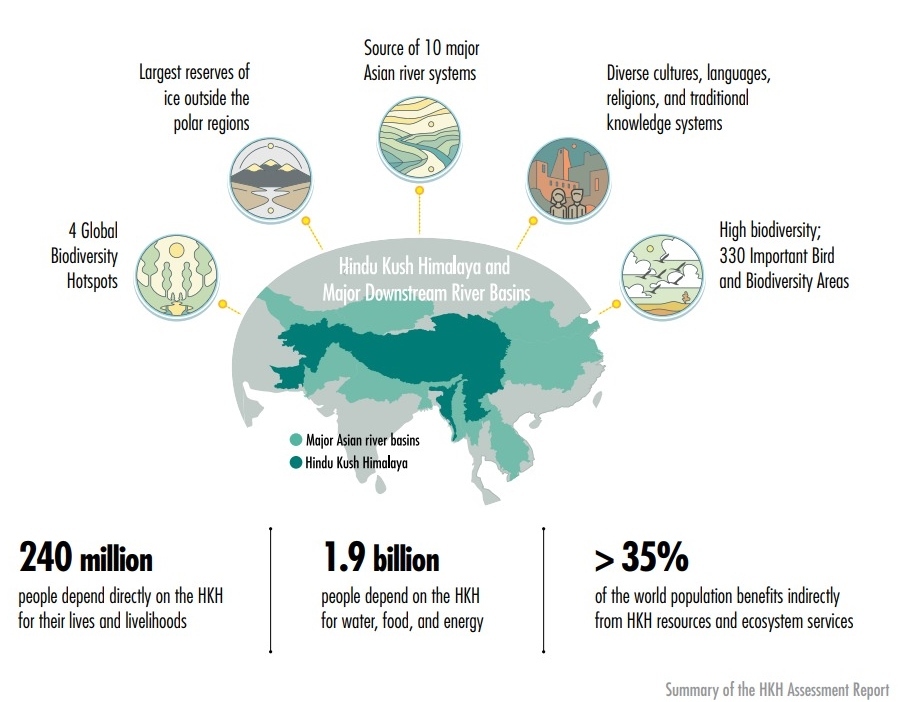27 Dec Himalayas under Climate Change
Himalayas under Climate Change
The pristine ice caps, towering peaks, and forest wealth of the Indian Himalayan Region (IHR) have attracted a lot of visitors which provide valuable economic business but are considered a threat because of associated negative externalities (increased carbon footprint, pollution, excessive use of natural resources). The topic talks about how the Himalayas affects climate change in India which is related to Daily Current Affairs for UPSC.
Significance of the Himalayas for India
- The Pool of Rivers: Glaciers of the Himalayas act as a feeding ground for rivers such as the Ganga, and the Brahmaputra. The rivers of the Himalayan region are considered the lifelines of India.
- Hydroelectricity: The IHR offers several sites which are suitable for the production of electricity.
- Forest Wealth: The Himalayas are rich in forest resources. They provide fuel wood and a large variety of raw materials for forest-based industries.
- Minerals: There is a vast potential for mineral oils in tertiary rocks. Copper, zinc, cobalt, and antimony are known to occur in more than 80-90 locations.
- Defense: It has been protecting India since early times. In spite of advancements in modern technology, the defense role of the Himalayas could not be neglected.

Himalayas under Climate Change
Role of Environment Impact Assessment in Protecting Himalayan Region
- Scientific evaluation of Infrastructural Projects: The infrastructural projects could be scientifically evaluated based on the formula of EIA which help in mitigating man-made disaster.
- Early-Warning Systems: With the help of EIA, the government would be easily able to identify the origin of disasters and could deploy EWS to disseminate information and save lives.
- Pan-Himalayan Strategy: Given the seismic fragility of the region, the government should create a pan-Himalayan policy to design sustainable projects to maximize the utility of resources
- Sustainable Tourism: Appropriate mechanisms should be formulated to achieve tourism growth in a sustainable manner.
According to a recent IPCC report, the Himalayas are melting at a faster rate and would continue to do so, if adequate mitigating steps are not taken. Given the innumerable benefits originating from the Himalayas, there is a dire need to protect the fragile ecosystem.
Reference:
IAS Current Affairs
Current affairs are part of the strategy of the IAS exam preparation. If any examinee would like to start preparing for the UPSC exam preparation, he/she should have habituated to reading current affairs regularly.
Here, Plutus IAS provides the latest and the best daily current affairs for UPSC exam preparation free of cost. Also, Read weekly, and Monthly Current affairs from our site.
The aspirants Should follow our live classes on our YouTube Channel. If helps to enhance their general knowledge.



No Comments